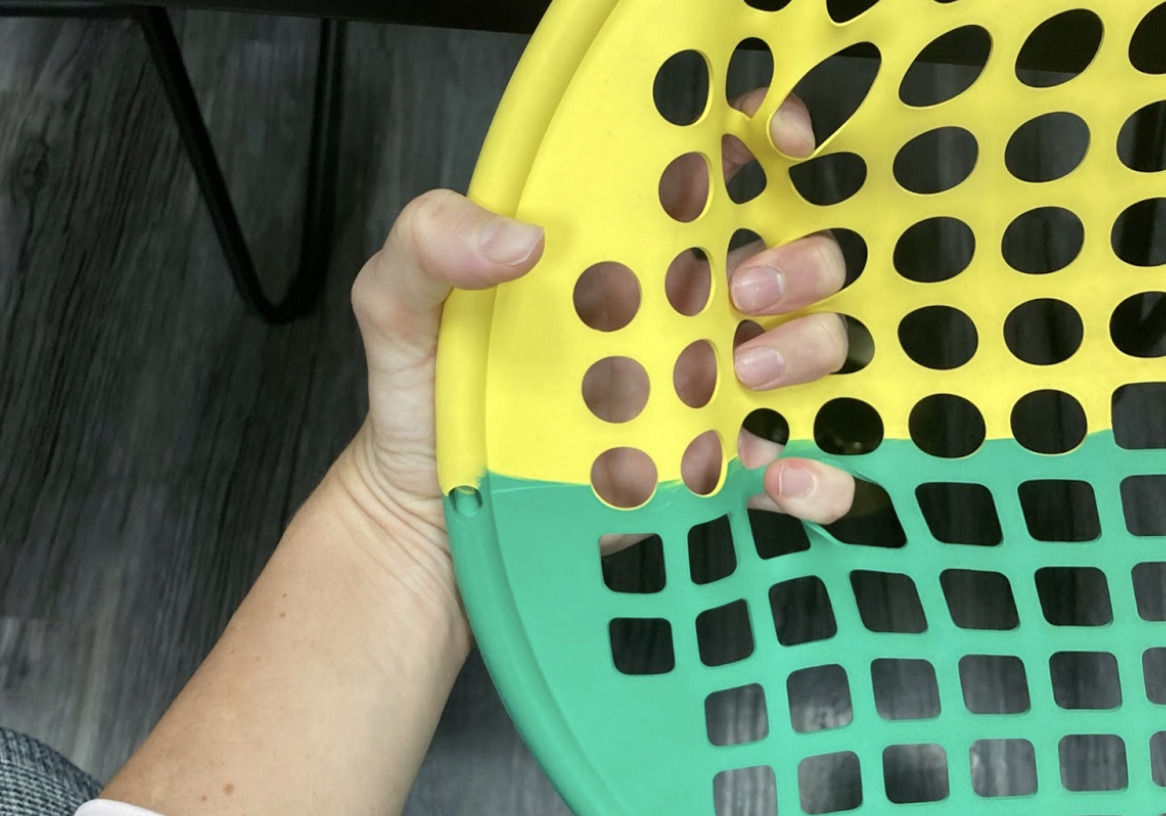Sensory Processing in People With and Without Tendinopathy
Filed under Reviews
Emilee Sanders, OTS
Sensory Processing in People With and Without Tendinopathy: A Systematic Review With Meta-analysis of Local, Regional, and Remote Sites in Upper- and Lower-Limb Conditions
Rio, E, Sandler, J., Cheng, K., Moseley, G. L., Cook, J., & Girdwood, M. (2021) Sensory processing in people with and without tendinopathy: A systematic review with meta-analysis of local, regional, and remote sites in upper-and lower-limb conditions. The Journal Orthopaedic and Sports Physical Therapy, 51 (1) 12-26.
The Skinny:The study’s goal was to see if sensory processing was altered in people with tendinopathy compared to people without tendinopathy. It also aimed to see if sensory processing in tendinopathy is different in the upper limb versus the lower limb.
In the Weeds:
- Eligibility criteria: This literature review included 30 studies with people 18 years and older with any specifically diagnosed tendinopathy which had lasted longer than six weeks and without other musculoskeletal conditions.
- Outcome measures: Studies with sensory processing measures were included, specifically pressure pain threshold [PPT], proprioception, tactile discrimination; however, no senses were excluded.
- Study design: Studies included randomized control trials and nonrandomized control trials that compared tendinopathy with a pain free control group while using a sensory processing measure.
- Methodological Quality Assessment: The researchers adapted a quality assessment tool to assess studies in four areas: reporting bias, bias in measurement of outcomes, bias in selection of participants, and bias from confounding.
- Five or more studies had strong evidence
- Three or more studies had moderate evidence, and at least two were at low risk of bias
- Three studies had limited evidence
- One study had insufficient evidence
- One study had no evidence due to critical risk of bias
- Two or more studies had conflicting evidence due to significant heterogeneity
Bringing it home:
Researchers found moderate evidence supporting that lateral elbow tendinopathy had more sensitivity significantly in local and regional sites, and remote sites were not significantly more sensitive. For the lower limb, researchers found limited evidence that there is no difference in local PPT in affected lower limbs.

Rating (0-5 rating scale):
2/5- This study has limited evidence and covers multiple topics. It is helpful to consider that patients with upper limb conditions may need sensory processing interventions (specifically for pain pressure threshold and central sensitization) in comparison to patients with lower limb conditions and that the upper limb is more sensitive in body parts at/near tendinopathy vs without. However, more rigorous studies need to be done to be considered fully evidence-based due to many limitations in studies, such as upper limb vs lower limb studies that did not report if the group had tendon pathology, which can affect sensory processing.
More To Read
Top 5 DIP Flexion Exercises
By: Tori Rhodes Lately, we’ve had a handful of patients roll through our clinic with pretty significant limitations to DIP flexion. So, we’ve collected a selection of go-to exercises for these individuals. We’ve included a few of those here. From cat bites and fracture sites to mallet fingers and skin grafts, many individuals who are…
Read MoreThumbs up for treating thumb pain in the hand therapy clinic
What do “Mommy’s thumb,” “gamer’s thumb,” and “radial styloid tenosynovitis” have in common? They are all officially called de Quervain’s tenosynovitis De Quervain’s involves the tendons within the first dorsal compartment, abductor pollicis longus (APL) and extensor pollicis brevis (EPB) and arises when the tendons are inflamed and are not able to move through the…
Read MoreDoes Taking an Alpha-lipoic for 40 days after Carpal Tunnel Release decrease the likelihood of developing Pillar Pain?
Filippo, B., Granchi, D., Roatti, G., Merlini, L., Sabattini, T., & Baldini, N. (2017). Alpha-lipoic acid after median nerve decompression at the carpal tunnel: A randomized controlled trial. The Journal of Hand Surgery, 4, 236–42. The Skinny – A double-blind, randomized controlled study was performed. Sixty-four patients were randomly assigned into two groups after median…
Read MoreSign-up to Get Updates Straight to Your Inbox!
Sign up with us and we will send you regular blog posts on everything hand therapy, notices every time we upload new videos and tutorials, along with handout, protocols, and other useful information.




